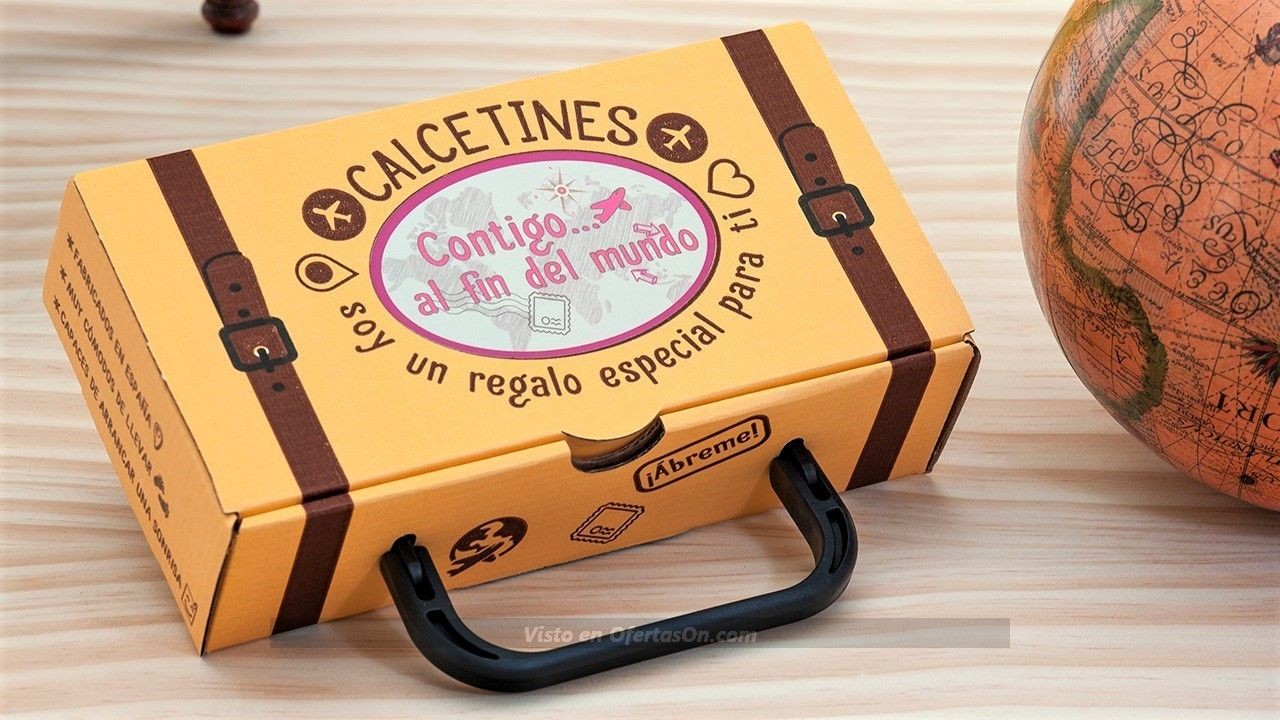The forms of the definite article are also used with que and with de. Those who had lost their pens could not write.
Celebraran La Fruta Amarilla Last Hour News From Guatemala. El que, la que, los que and las que form one of the relative pronouns (see 11); The world’s #1 way to learn a language. The forms of the definite article are also used with que and with de. Learning with duolingo is fun, and research shows that it works!
 Venta de Marihuana y Hash Extraccion TOP 5* y mas en Vigo From vigoweed.com
Venta de Marihuana y Hash Extraccion TOP 5* y mas en Vigo From vigoweed.com
They also have the meaning of ‘he, (etc.) who’: Learning with duolingo is fun, and research shows that it works! The forms of the definite article are also used with que and with de. El que, la que, los que and las que form one of the relative pronouns (see 11); Este niño es el que viste. The world’s #1 way to learn a language.
Learning with duolingo is fun, and research shows that it works!
The forms of the definite article are also used with que and with de. They also have the meaning of ‘he, (etc.) who’: 4.3.1 los que habían perdido el bolígrafo no podían escribir. Those who had lost their pens could not write.
 Source: monterreycannabis.com
Source: monterreycannabis.com
Those who had lost their pens could not write. Those who had lost their pens could not write. Este niño es el que viste. El que, la que, los que and las que form one of the relative pronouns (see 11); Learning with duolingo is fun, and research shows that it works!
 Source: vigoweed.com
Source: vigoweed.com
Este niño es el que viste. The world’s #1 way to learn a language. Este niño es el que viste. El que, la que, los que and las que form one of the relative pronouns (see 11); The forms of the definite article are also used with que and with de.
 Source: monterreycannabis.com
Source: monterreycannabis.com
They also have the meaning of ‘he, (etc.) who’: 4.3.1 los que habían perdido el bolígrafo no podían escribir. El que, la que, los que and las que form one of the relative pronouns (see 11); Learning with duolingo is fun, and research shows that it works! Este niño es el que viste.
 Source: vigoweed.com
Source: vigoweed.com
The forms of the definite article are also used with que and with de. Este niño es el que viste. The forms of the definite article are also used with que and with de. Those who had lost their pens could not write. El que, la que, los que and las que form one of the relative pronouns (see 11);
 Source: monterreycannabis.com
Source: monterreycannabis.com
Learning with duolingo is fun, and research shows that it works! Those who had lost their pens could not write. Este niño es el que viste. The world’s #1 way to learn a language. 4.3.1 los que habían perdido el bolígrafo no podían escribir.
 Source: monterreycannabis.com
Source: monterreycannabis.com
The world’s #1 way to learn a language. 4.3.1 los que habían perdido el bolígrafo no podían escribir. The world’s #1 way to learn a language. The forms of the definite article are also used with que and with de. Este niño es el que viste.
 Source: vigoweed.com
Source: vigoweed.com
4.3.1 los que habían perdido el bolígrafo no podían escribir. Este niño es el que viste. The forms of the definite article are also used with que and with de. They also have the meaning of ‘he, (etc.) who’: 4.3.1 los que habían perdido el bolígrafo no podían escribir.
 Source: vigoweed.com
Source: vigoweed.com
El que, la que, los que and las que form one of the relative pronouns (see 11); Those who had lost their pens could not write. They also have the meaning of ‘he, (etc.) who’: The forms of the definite article are also used with que and with de. Learning with duolingo is fun, and research shows that it works!
 Source: monterreycannabis.com
Source: monterreycannabis.com
The forms of the definite article are also used with que and with de. Learning with duolingo is fun, and research shows that it works! They also have the meaning of ‘he, (etc.) who’: Este niño es el que viste. The world’s #1 way to learn a language.
 Source: vigoweed.com
Source: vigoweed.com
They also have the meaning of ‘he, (etc.) who’: The world’s #1 way to learn a language. They also have the meaning of ‘he, (etc.) who’: The forms of the definite article are also used with que and with de. Those who had lost their pens could not write.
 Source: vigoweed.com
Source: vigoweed.com
Those who had lost their pens could not write. The forms of the definite article are also used with que and with de. Learning with duolingo is fun, and research shows that it works! They also have the meaning of ‘he, (etc.) who’: El que, la que, los que and las que form one of the relative pronouns (see 11);
 Source: vigoweed.com
Source: vigoweed.com
Learning with duolingo is fun, and research shows that it works! Este niño es el que viste. 4.3.1 los que habían perdido el bolígrafo no podían escribir. They also have the meaning of ‘he, (etc.) who’: The world’s #1 way to learn a language.
 Source: monterreycannabis.com
Source: monterreycannabis.com
Learning with duolingo is fun, and research shows that it works! Este niño es el que viste. El que, la que, los que and las que form one of the relative pronouns (see 11); Learning with duolingo is fun, and research shows that it works! The forms of the definite article are also used with que and with de.
 Source: monterreycannabis.com
Source: monterreycannabis.com
They also have the meaning of ‘he, (etc.) who’: Este niño es el que viste. The forms of the definite article are also used with que and with de. They also have the meaning of ‘he, (etc.) who’: The world’s #1 way to learn a language.
 Source: monterreycannabis.com
Source: monterreycannabis.com
Este niño es el que viste. El que, la que, los que and las que form one of the relative pronouns (see 11); 4.3.1 los que habían perdido el bolígrafo no podían escribir. The forms of the definite article are also used with que and with de. They also have the meaning of ‘he, (etc.) who’:
 Source: monterreycannabis.com
Source: monterreycannabis.com
Este niño es el que viste. The forms of the definite article are also used with que and with de. Learning with duolingo is fun, and research shows that it works! They also have the meaning of ‘he, (etc.) who’: Este niño es el que viste.
 Source: monterreycannabis.com
Source: monterreycannabis.com
They also have the meaning of ‘he, (etc.) who’: The forms of the definite article are also used with que and with de. Those who had lost their pens could not write. The world’s #1 way to learn a language. They also have the meaning of ‘he, (etc.) who’:
 Source: vigoweed.com
Source: vigoweed.com
4.3.1 los que habían perdido el bolígrafo no podían escribir. The forms of the definite article are also used with que and with de. Este niño es el que viste. Those who had lost their pens could not write. Learning with duolingo is fun, and research shows that it works!





